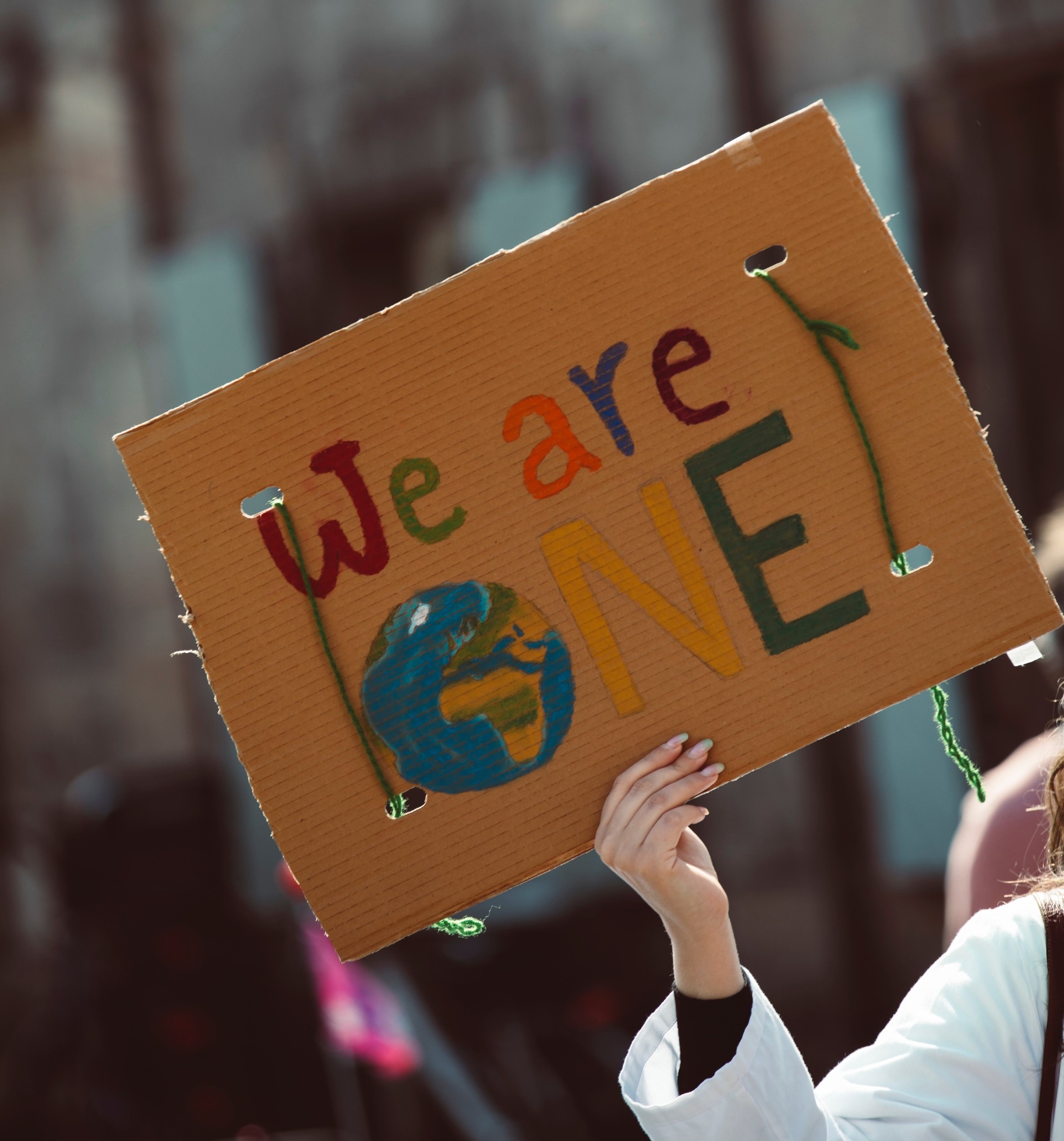In part one of the Sustainability in Education series, we reported on the Department for Education’s climate change strategy, launched in April 2022. Part two took us into school with award-winning eco-coordinator Edd Moore, and part three took the lessons Claire learned from Edd to the pupils at her local primary school.
A starting point
As a local parent and governor who had recently been certified Carbon Literate, I volunteered to help the school achieve more on their sustainability journey in 2022-23. I approached the task partly informed by the National Governance Association’s Greener Governance pledge which found that 44% of boards had not acted on sustainability in 2022.
As a starter for discussions with the Headteacher and the School Business Manager, I pulled together themes and resources that I had gathered through my climate research. This was a great way to get people thinking and we have frequently come back to it through the year. One action which has been a key to success was to give a teacher responsibility for the school sustainability project.

Supporting teachers
A key part of helping the school to become more sustainable is to ensure all the teachers were confident in the material. I was invited to deliver two training sessions to the 15 teachers at St Swithun’s. The first was on climate science background, and the second was about individual and school carbon footprints. The second session also included a section on weaving the thread of sustainability through the curriculum.

Climate science background training
Oriel Square regularly runs training sessions for our clients so I was able to draw on the skills and experiences of our team to prepare and run an effective first session, covering climate science background. As a benchmark, I asked all the teachers how confident they felt talking about environmental issues to the children. 60% were neutral or not confident (2 or 3 on the scale) compared with 72% of teachers nationally who are not confident in teaching climate change in schools.

Graph showing results of the benchmark survey with 15 teachers.
“Highlighting the helplessness children can feel stuck with me as they are so motivated by making a difference but don’t know how to do this.”
The session covered the basics of climate science, the effects of climate change, and carbon footprints. After the session all the teachers reported finding the session useful; with comments including “I found the training informative, easy to follow, positive and inspiring”, “The session was pitched really well, lots of important facts to open our eyes and lots of potential options of what we can do personally to make a difference”, “Highlighting the helplessness children can feel stuck with me as they are so motivated by making a difference but don’t know how to do this.”
At the end of the session, I asked the question about their confidence in discussing environmental issues with children again.

Graph showing the results of the end-of-training survey with 14 teachers.
Sustainability in the Curriculum
The St Swithun’s curriculum already contains many topics focused on climate change, including Global Warming; Ocean Explorers; and Floodlands. The next phase involves sequencing the materials taught to weave the sustainability thread throughout the curriculum, ensuring clear progression through the material and removing any duplication.
In my second training session with the St Swithun’s teachers, I covered more about the carbon footprint of both individuals and the school, highlighting work that had already taken place at the school and where improvements could be made. This session also included presentations from the Curriculum Lead and the Sustainability Lead.
I left the session feeling a great buzz about what we had already achieved and what we can do as a school. One idea is to train other adults in school, and maybe even the parents, to increase awareness about how they are directly contributing to the school’s carbon footprint.
Organisations that can help
There are lots of amazing organisations supporting schools becoming more sustainable, including Let’s Go Zero, Transform our Word, Green Schools Project, Climate Ed, SE-ED, and Pro-Veg.
Several of these organisations provide frameworks allowing schools to evaluate their environmental impact. Typically these areas include energy use; food; purchasing; and travel. In How Bad Are Bananas Mike Berners-Lee shares a model of the typical UK citizen’s carbon footprint which broadly splits into four similar quadrants (food; travel; home; everything else, which has purchases as a large slice). The National Governance Association suggests schools follow the 4Cs to map their environmental impact – curriculum; campus; community; culture.
In our area, we were also lucky enough to be able to be supported by ACES – Action on Carbon and Energy in Schools. We were able to attend webinars and had two visits from their expert who conducted a carbon and energy assessment and produced a report of recommendations, and a thermal imaging survey.
Where next?
It’s an exciting time at St Swithun’s with the school fully aligned with its strategic goal of “prioritising environmental sustainability throughout our school”. I look forward to continuing to support the school to make radical changes to equip our children for their future, and hope to be able to spread the work they are doing more widely through the community, the local authority, and the country.
Find out more about the training Oriel Square provides, including bespoke programmes on sustainability.

